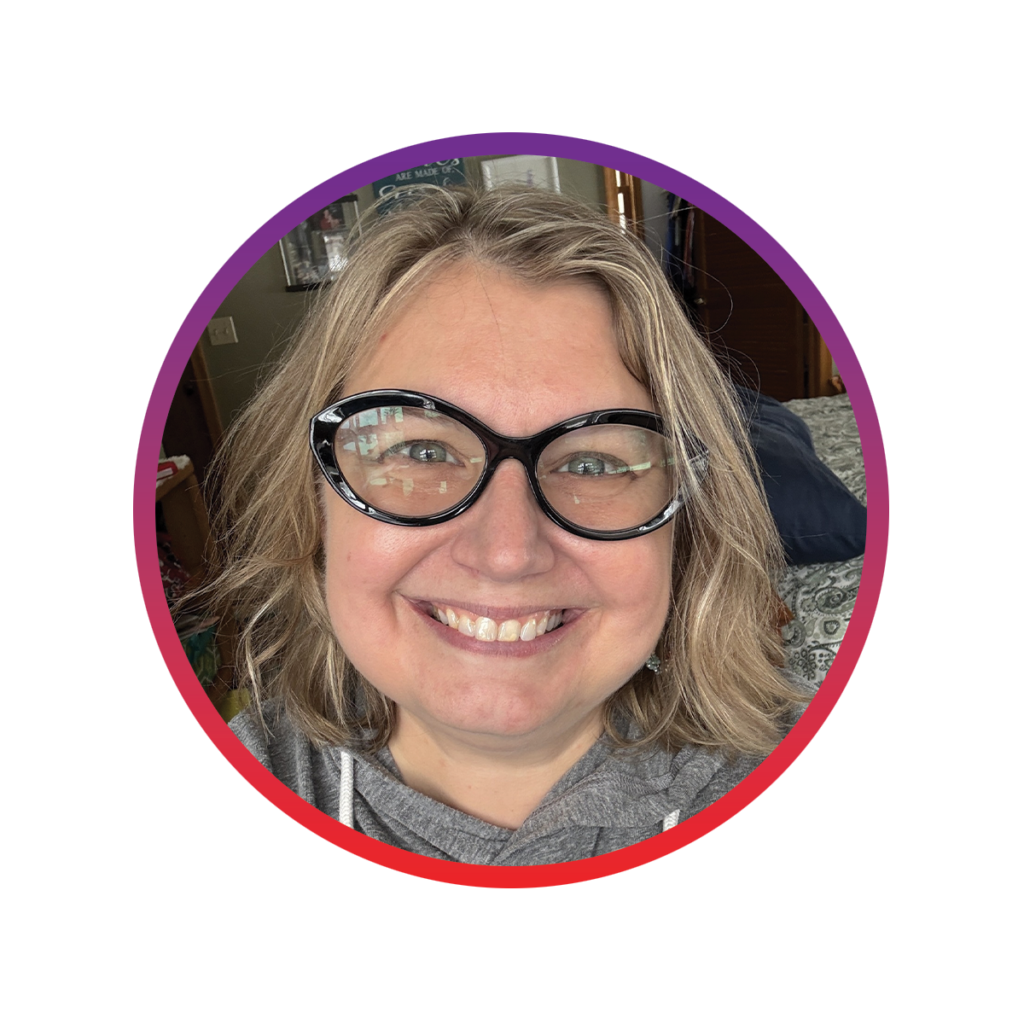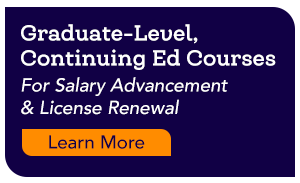Sometimes education instructional terms and acronyms can become a bit excessive and confusing. However, there are two teaching strategies (that I often confused) that can make a huge difference for all students! Among the many ways to support students through instruction, two frameworks are frequently mistaken for one another: differentiation and Universal Design for Learning (UDL). Because they are both flexible modes of instruction and strive to support diverse learners, each requires teachers to be responsive to the needs of students in their classrooms.
But they are not the same. Below are two scenarios to review. As you read, determine which one is UDL, and which is differentiation.
Scenario A: In a middle school math class learning about fractions:
- Some students work with physical manipulatives to build conceptual understanding.
- Others complete a set of practice problems at different levels of difficulty.
- Advanced students apply their learning to solve real-world fraction problems, such as adjusting a recipe.
- The teacher provides mini-lessons to small groups who need additional support.
Scenario B: In a high school biology class learning about ecosystems:
- The teacher presents content in multiple ways: a video, an infographic, and a text-based reading.
- Students choose how they want to demonstrate their understanding:
- Create a digital presentation.
- Write a short essay.
- Design a concept map.
- Students engage with the material at their own pace using interactive digital resources.
- The classroom environment includes flexible seating and noise-canceling headphones for students who need them.
If you guessed that Scenario A was an example of differentiation, you were correct! Differentiation is a reactive and student-centered framework that meets the diverse needs of students by modifying:
- Content (what they learn)
- Process (how they learn)
- Product (how they demonstrate their learning)
- Learning environment (where they learn, and classroom set up)
Differentiation uses ongoing assessment to identify student needs, and a variety of instructional methods like small-group instruction, tiered assignments, and choice-based learning, along with scaffolding to support both struggling and advanced learners. In Scenario A, all learners are met with meaningful, appropriately challenging learning experiences.
Scenario B uses Universal Design for Learning (UDL), a proactive method of planning for instruction. The core principles of UDL include:
- Multiple Means of Engagement: the “Why” of learning
- Representation: the “What” of learning
- Action & Expression: the “How” of learning
Universal Design for Learning (UDL) is an instructional strategy incorporating flexibility from the start, designing learning experiences to be accessible and effective for all students. UDL removes barriers by offering students choices in how they access content, engage with material, and demonstrate their learning. In Scenario B, you noticed different ways to work in the classroom, along with student choices for demonstration of their learning.
When do we use UDL and when do we use differentiation?
Use UDL when designing curriculum and lessons to ensure access and flexibility for all students, eliminating potential learning barriers before they come up. Differentiation is best when responding to individual student needs in real time, making targeted adjustments to instruction, assignments, or support. While UDL provides a broad framework benefitting all learners, differentiation fine-tunes instruction for specific students who require additional support or challenge.
Both differentiation and UDL are powerful tools in an educator’s toolbox, focusing on inclusivity and maximizing learning for all students. UDL proactively builds a flexible foundation, while differentiation fine-tunes the learning experience at the time of need. I’ll never confuse the two again. By understanding and utilizing both frameworks, educators can create an inclusive learning environment where all students have the chance to succeed!
About the Author

Betsy Butler (she/her) is a Professional Learning Specialist at Teaching Channel. She holds a B.A. in English, a Master’s in Education, and has been teaching since 1992. Betsy uses her three decades of teaching experience to write and revise our courses while selecting the perfect accompanying texts. Her specialty areas include ELA, special education topics, behavior management, and mental health.
Fun Fact: Betsy’s daily conquest is solving the New York Times crossword puzzle!







